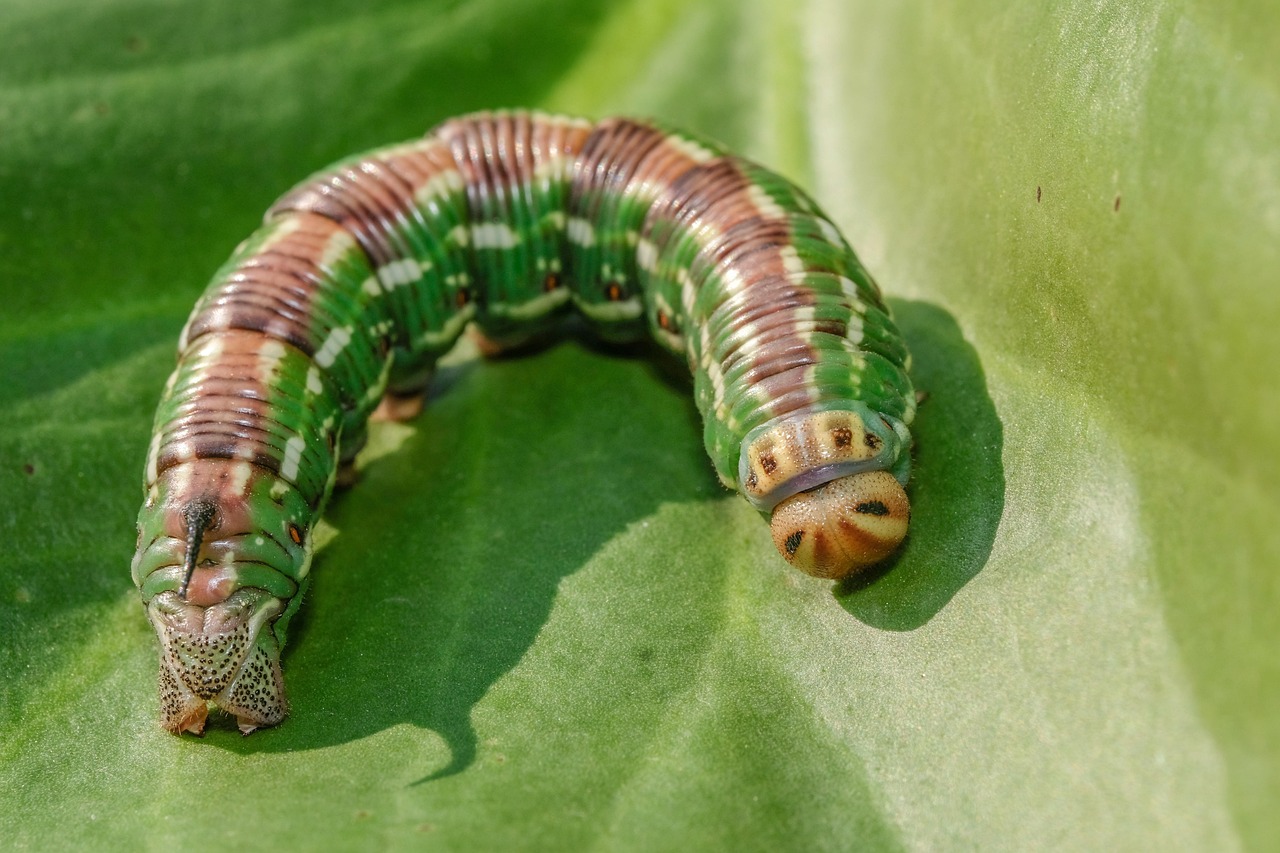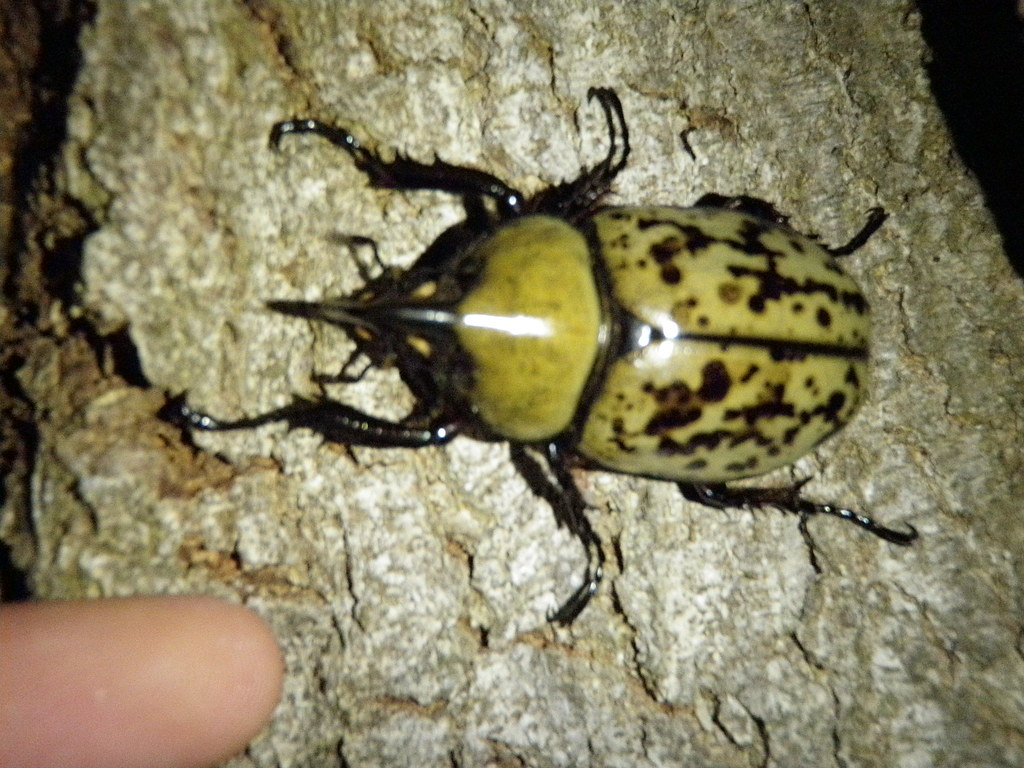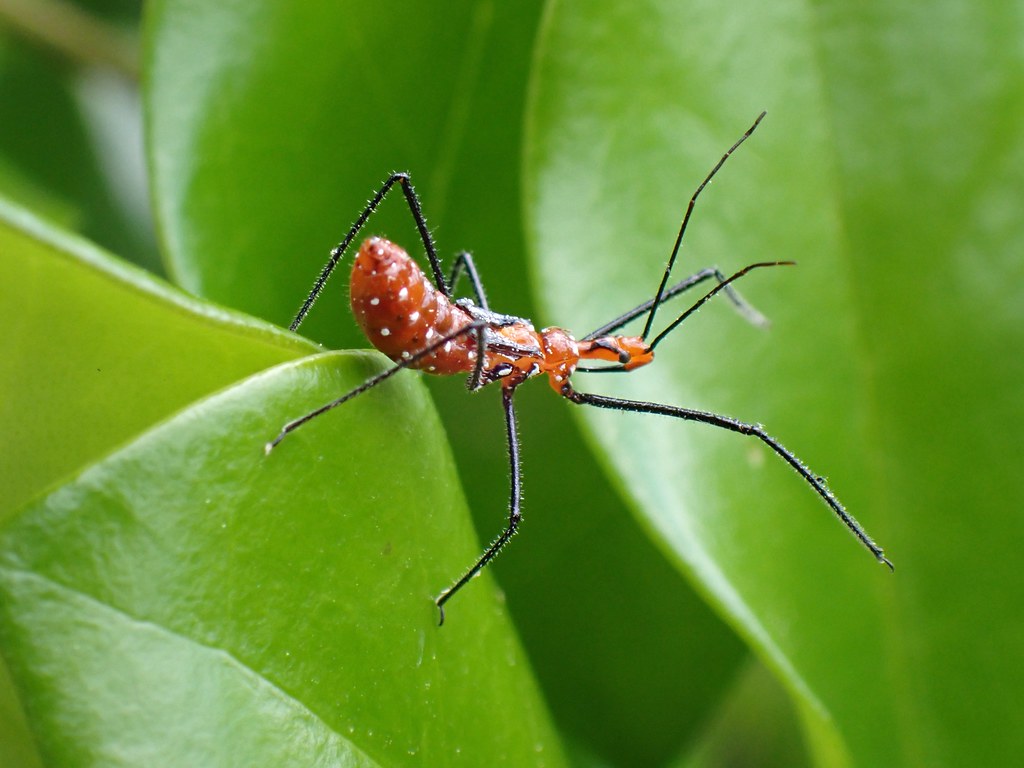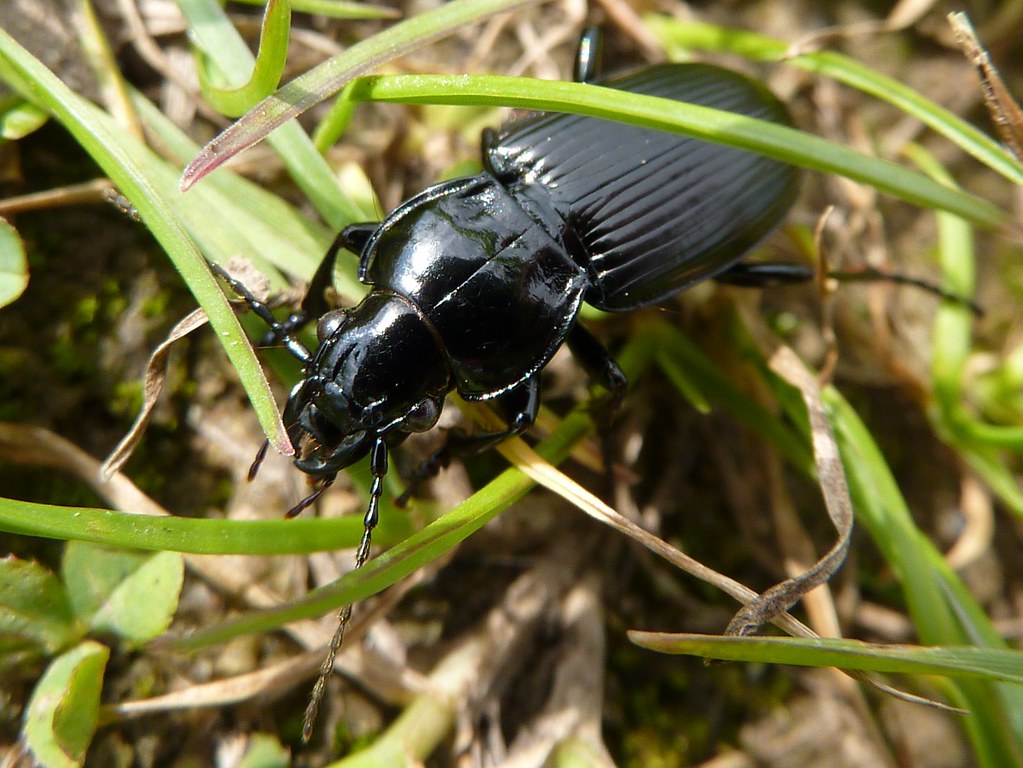Picture this: you’re enjoying a peaceful afternoon in your garden when suddenly, a creature straight out of a horror movie crawls across your path. Your heart races, adrenaline surges, and every instinct screams “run!” But here’s the twist – that terrifying beast is actually about as dangerous as a butterfly. Nature has a wicked sense of humor, doesn’t it? Some of the most spine-chilling insects on Earth are completely harmless to humans, despite looking like they could star in the next blockbuster monster movie.
The Evolutionary Genius Behind Scary Looks
Evolution has crafted these creatures with one primary goal: survival through intimidation. Think of it as nature’s ultimate bluff – looking dangerous without actually being dangerous. These insects have developed elaborate costumes of spikes, horns, and menacing colors that would make any Halloween enthusiast jealous.
The science behind this phenomenon is called Batesian mimicry and aposematism. Batesian mimicry occurs when harmless species evolve to resemble dangerous ones, while aposematism involves warning coloration that signals danger even when there isn’t any. It’s like wearing a fake security uniform – the appearance alone is enough to deter potential threats.
The Hickory Horned Devil: Nature’s Dragon

Meet the Hickory Horned Devil, a caterpillar that looks like it crawled straight out of a medieval nightmare. This massive green giant can grow up to 5.5 inches long and sports an impressive array of orange and black spikes that would make a punk rocker envious. Its scientific name, Citheronia regalis, literally means “royal,” and boy, does it live up to its regal terror.
Despite its absolutely terrifying appearance, this caterpillar is softer than a marshmallow. Those menacing spikes are completely harmless – they’re rubbery and can’t penetrate skin. The Hickory Horned Devil feeds exclusively on tree leaves and poses zero threat to humans. In fact, many people keep them as pets because they’re so docile and fascinating to watch.
The Elephant Hawk-Moth Caterpillar: A Master of Disguise

When threatened, this remarkable caterpillar transforms into something that would make a snake trainer think twice. The Elephant Hawk-Moth caterpillar can inflate its head segment and reveal two large eye spots that create the illusion of a venomous snake ready to strike. The transformation is so convincing that even experienced naturalists do a double-take.
This brown and green caterpillar normally munches peacefully on bedstraw and willowherb plants. When danger approaches, it retracts its head into its body, causing the eye spots to bulge outward dramatically. The effect is so startling that predators often retreat without a second thought, leaving this gentle vegetarian to continue its leafy meal in peace.
The Hercules Beetle: Armored Gladiator

Imagine a beetle the size of your palm, armed with massive horns that look like they belong on a medieval war helmet. The Hercules Beetle is nature’s gladiator, complete with armor plating and weapons that seem designed for battle. Males can grow up to 6.75 inches long, making them one of the largest beetles in the world.
Those impressive horns serve one purpose: wrestling other males for mating rights. Think of it as insect sumo wrestling – all show and no real danger to humans. These gentle giants are actually quite docile and are often kept as pets in many countries. They feed on rotting fruit and tree sap, making them more like nature’s cleanup crew than fearsome predators.
The Spiny Flower Mantis: Alien Predator

With its elaborate spikes, alien-like appearance, and prayer-like stance, the Spiny Flower Mantis looks like it belongs in a science fiction movie. This otherworldly insect sports an incredible array of thorns and projections that make it appear absolutely lethal. Its scientific name, Pseudocreobotra wahlbergii, even sounds intimidating.
But here’s the shocking truth: this mantis is completely harmless to humans. Those spikes are purely decorative, designed to help it blend in with thorny plants and intimidate potential predators. The Spiny Flower Mantis feeds on small insects and couldn’t hurt a human even if it tried. In fact, they’re quite popular in the pet trade because of their stunning appearance and gentle nature.
The Assassin Bug: Nature’s Hitman

The name alone is enough to send shivers down your spine, and the Assassin Bug’s appearance doesn’t disappoint. With its robust build, prominent eyes, and needle-like proboscis, this insect looks like it’s ready for combat. Many species sport armor-like exoskeletons and intimidating colors that scream danger.
While some Assassin Bugs do bite if handled roughly, most species are completely focused on hunting other insects. They’re actually beneficial to gardeners, acting as natural pest control agents. The bite, when it occurs, is typically no worse than a bee sting and poses no serious threat to humans. These “hitmen” are more interested in aphids and caterpillars than human blood.
The Goliath Beetle: Miniature Tank

Picture a beetle the size of a computer mouse, built like a tank and weighing as much as a small bird. The Goliath Beetle is nature’s heavyweight champion, with males reaching up to 4 inches in length and weighing over 3 ounces. Their massive size and robust build make them look like they could bulldoze through anything in their path.
These gentle giants are actually quite peaceful creatures. They feed primarily on tree sap, fruit, and nectar, making them more like flying cows than dangerous predators. Despite their intimidating size, Goliath Beetles are popular pets and are known for their calm demeanor. They’re so docile that children often handle them without any fear.
The Stick Insect: Living Nightmare Branch
Some stick insects look like they’ve been designed by someone with a serious phobia of branches. The Giant Prickly Stick Insect, in particular, is covered in thorns and spikes that make it look like a weaponized twig. At over 8 inches long, these creatures can be truly startling when they suddenly move after perfect stillness.
These masters of camouflage are completely vegetarian and pose no threat to humans whatsoever. Their spikes are purely defensive, designed to make them unappetizing to predators. Stick insects are so harmless that they’re often used in educational programs to teach children about insects. They’re basically living twigs that happen to walk around occasionally.
The Violin Beetle: Gothic Architecture

With its flat, dark body and intricate patterns, the Violin Beetle looks like it was crafted by a gothic architect with a taste for the macabre. This unusual beetle’s body is so flat it appears almost two-dimensional, giving it an otherworldly appearance that can be quite unsettling. Its scientific name, Mormolyce, comes from the Greek word meaning “frightful.”
Despite its ominous appearance, this beetle is completely harmless to humans. It feeds on small insects and larvae, making it beneficial to the ecosystem. The Violin Beetle’s flat body allows it to squeeze under bark and into crevices where it hunts for prey. They’re actually quite shy and prefer to avoid human contact entirely.
The Cicada Killer Wasp: Gentle Giant

At nearly 2 inches long, the Cicada Killer Wasp looks like it could take down a small bird. These massive wasps have powerful jaws, a robust build, and a intimidating buzzing sound that can be heard from several feet away. Their size alone is enough to send most people running for cover.
Here’s the surprising truth: Cicada Killers are actually quite docile toward humans. The females are too busy hunting cicadas to bother with people, and males can’t even sting. These wasps are solitary creatures that prefer to mind their own business. They’re actually beneficial because they help control cicada populations, which can damage trees when present in large numbers.
The Praying Mantis: Alien Hunter
With their triangular heads, bulging eyes, and razor-sharp forelegs, praying mantises look like they’ve stepped out of an alien invasion movie. Their ability to rotate their heads 180 degrees and their lightning-fast strikes make them appear incredibly dangerous. Some species can grow quite large, adding to their intimidating presence.
While praying mantises are indeed efficient predators, they pose virtually no threat to humans. Their primary interest lies in catching flies, mosquitoes, and other small insects. A mantis bite is extremely rare and typically no worse than a small pinch. These fascinating insects are actually welcomed by gardeners because they help control pest populations naturally.
The Dobsonfly: Ancient Terror

The male Dobsonfly looks like something that survived from the age of dinosaurs. With mandibles that can extend nearly an inch long, these insects appear capable of delivering a devastating bite. Their large size, up to 5 inches with wings spread, and prehistoric appearance make them genuinely frightening to encounter.
Those massive mandibles are actually too large and unwieldy to be effective weapons. Male Dobsonflies use them primarily for grasping females during mating, and they’re too cumbersome to inflict any real damage on humans. These ancient-looking insects are actually quite harmless and spend most of their adult lives focused on reproduction rather than hunting.
The Robber Fly: Aerial Assassin

With their prominent eyes, hairy bodies, and powerful legs, Robber Flies look like they’re ready to take down prey much larger than themselves. These flies are indeed skilled predators, but their intimidating appearance far exceeds their actual threat to humans. They’re built for speed and precision, making them look like miniature fighter jets.
Robber Flies are actually beneficial insects that help control pest populations. They primarily hunt other flies, mosquitoes, and small flying insects. While they can bite if handled roughly, the bite is typically minor and comparable to a small pinch. These “assassins” are far more interested in pest control than bothering humans.
Why Our Fear Response Betrays Us

Our brains are wired to respond to certain visual cues with immediate fear – spikes, large eyes, unusual colors, and imposing size all trigger our ancient survival instincts. This response served our ancestors well when distinguishing between dangerous and harmless creatures was a matter of life and death. However, in the modern world, this same response often leads us to fear creatures that pose no actual threat.
Understanding this psychological response can help us appreciate these remarkable creatures for what they truly are: masterpieces of evolutionary engineering. Each spike, color, and intimidating feature tells a story of survival, adaptation, and the incredible creativity of natural selection. By recognizing the difference between appearance and reality, we can begin to see these “terrifying” insects as the fascinating, harmless creatures they actually are.
Nature’s greatest magic trick isn’t making dangerous things look harmless – it’s making harmless things look absolutely terrifying. These five insects prove that in the natural world, the most spine-chilling appearances often hide the gentlest hearts. Next time you encounter one of these supposedly fearsome creatures, take a moment to appreciate the incredible evolutionary artistry on display. Who knows? You might just discover that your biggest fear is actually nature’s biggest bluff.
